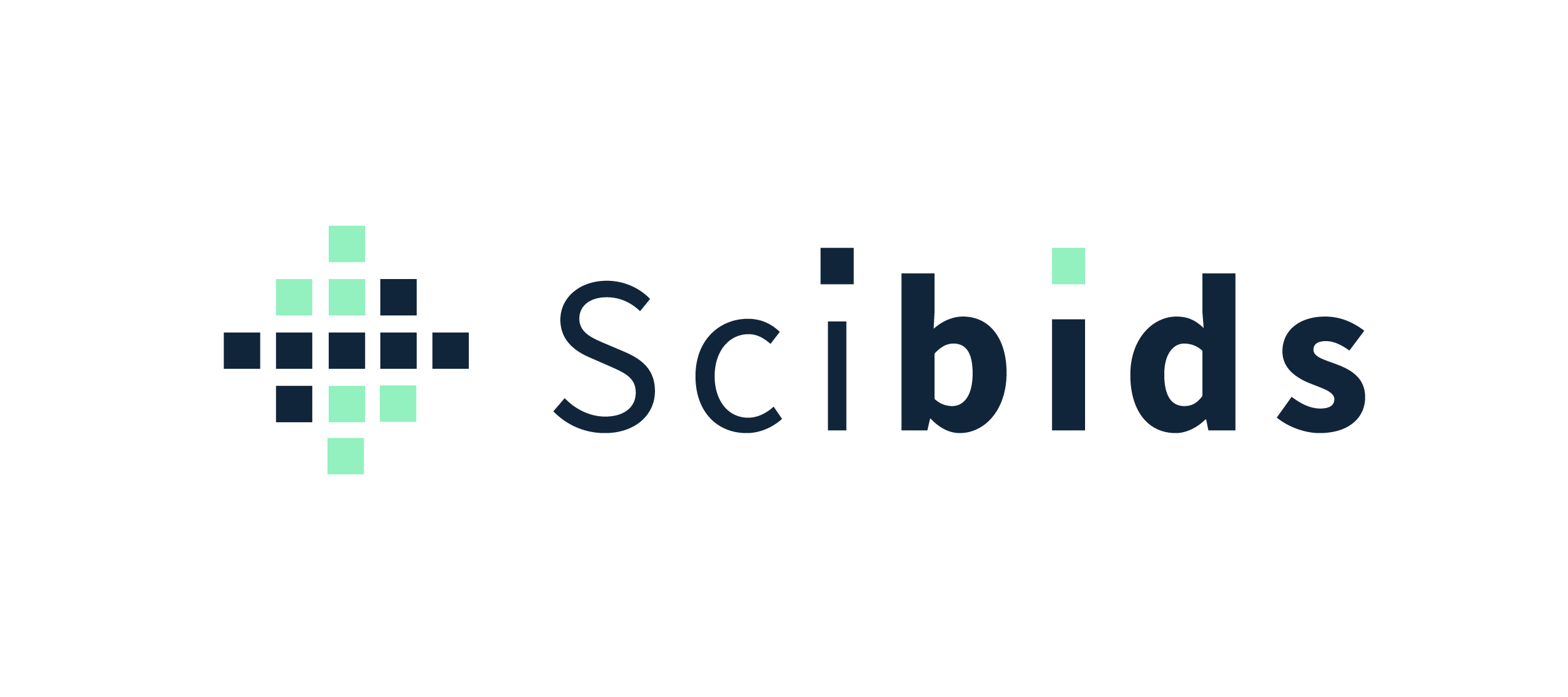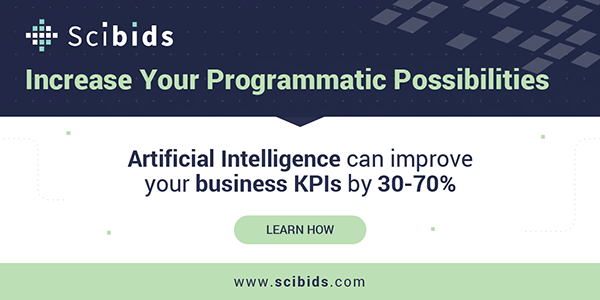Advertisers’ increasing reliance on paid digital advertising channels to drive brand and sales growth, coupled with looming macroeconomic uncertainty, is urging them to understand how to get more out of their digital ad investments.
But the growing complexity of the digital media landscape – from first-party data to identity to attribution and measurement methodologies generating near real-time feedback loops coupled with the shift toward privacy – makes it difficult for brands to know that their marketing is taking advantage of the right combination of all of these offerings for their goals.
Happily, the days of stitching these assets together using intuition, testing and learning can come to an end in light of a new category for digital marketing: Artificial Intelligence (AI) in custom media-buying algorithms is setting new standards for performance and scale while eliminating needless, tactical complexity. Now, we’re seeing this technology moving into the mainstream with the emergence of RFPs for AI.
A quick primer on AI in media buying
DSPs created a powerful open and extensible ecosystem for digital marketing. This ecosystem includes both owned-and-operated and third-party offerings that provide more information that media buyers can analyze to drive greater performance. But the volume and dimensionality of this data, not to mention choice, rapidly exceeds what media teams can do on their own. So, they’re looking to AI to navigate complexity that limits scale potential and help their ad spend work harder and smarter.
Fortunately, DSPs have also opened up their bidding function, allowing brands to bring their own intelligence for advanced optimization. When brands use AI to train customizable algorithms that exploit intelligence from across the business, they ultimately drive more business-specific KPIs and outcomes in real time. Best of all, this improvement happens without reliance on the “dirty fuel” of invasive user-tracking data.
Custom AI drives cost and quality
Custom algorithms let brands go deeper, using the full range of contextual signals and putting a business-specific lens on media buying.
The biddable media consultancy for search, social and programmatic Up & To The Right, run by John Donahue, has helped several brands implement custom AI for media buying using our company’s technology. Donahue tells brands to think about the value of custom AI on two fronts: cost and quality.
Digital media presents exponential cardinality for optimization. “Just optimizing on ZIP codes can incorporate tens of thousands of rules — and humans can’t upload those rules on a daily or weekly basis,” Donahue said.
Custom AI harnesses the granularity of the modern digital media landscape to fuel significant cost compression. Custom algorithms can double clients’ media productivity overnight, Donahue said.
Breaking down silos to make business intelligence actionable in media buying
Most of the value in using custom AI algorithms comes from driving media productivity and cost compression. But the most innovative brands are connecting what they’re doing in ad buying with what’s happening in other key areas of the business to shape reach potential.
Custom AI can create business-specific KPIs for media performance.
For example, consider a large retailer with nationwide outlets. This retailer could pull in inventory, price position, share-of-shelf, ZIP codes and POS data, then make that business data actionable in the media-buying process.
The challenge is that this data has normally been siloed in the planning phase – stuck in customer relationship management (CRM) systems and customer data platforms (CDPs).
Similarly, measurement and identity providers players often provide great campaign reports that are never used to make buying more effective.
To make their media work harder, brands need to break down these silos and use custom AI to make all these valuable data streams actionable in the media-buying process.
Using overlooked metadata to eliminate the privacy vs. performance trade-off
To echo a previous article I wrote, custom algorithms optimize media and make smarter targeting without reliance on third-party data and other “dirty fuel.” That’s because AI can harness plentiful, harmless, non-user-specific semantic metadata from content.
Brands and agencies have traditionally passed over this messy log-level data, opting for the ease of purchasing third-party data.
But we built our technology to make this messy contextual data actionable. It’s the most privacy-preserving signal we have today on the web – and it’s both scalable and free. Moreover, this semantic metadata is a quality source of fuel for media buying.
Custom algorithms are an obvious solution for our cookieless future. They don’t require any consumer interaction. Brands don’t need to wade into challenges around consent and gathering first-party data. And this approach generates marketing performance and ROI that’s far better than legacy systems, in part, because there’s simply more metadata available to optimize with than there is broken cookie data.
Custom AI moving into the mainstream – now is the time for brands to build their advantage
Back in 2016, when we founded the company, we were pioneering the concept of custom AI for media buying. We had to painstakingly explain the value of custom algorithms to everyone we talked to. And we certainly didn’t have anyone proactively asking for custom AI.
Today, brands and agencies are seeking out the technology.
I’m thrilled to see custom AI become an RFP’able solution. But I can’t say I’m surprised. We’ve watched the giants in every segment use AI to build and extend their advantages. Now, custom AI gives challenger brands the ability to use data in smarter ways, to make their ad spend work harder and thread the needle between customer-centricity and privacy.
For more articles featuring Rémi Lemonnier, click here.

















